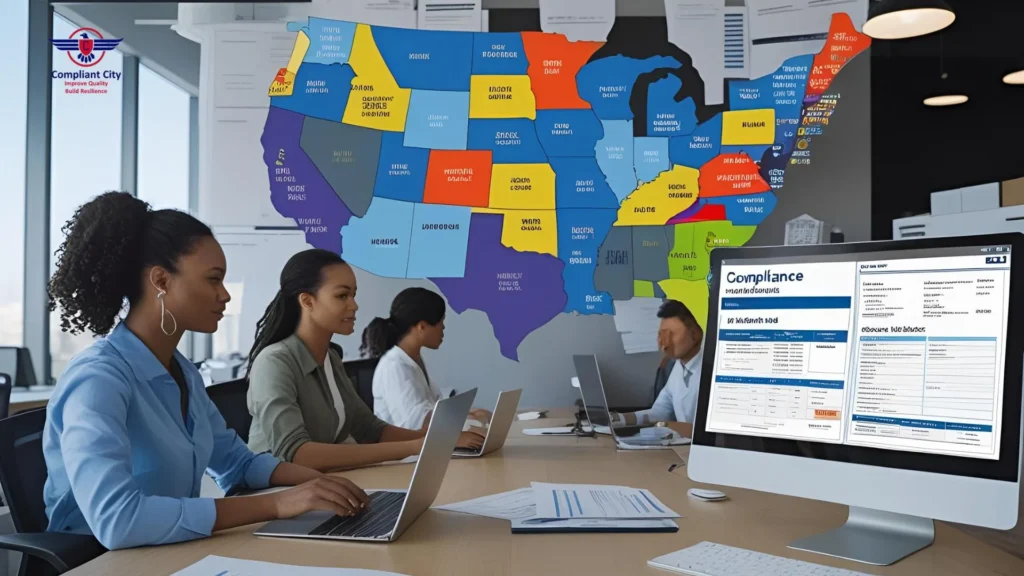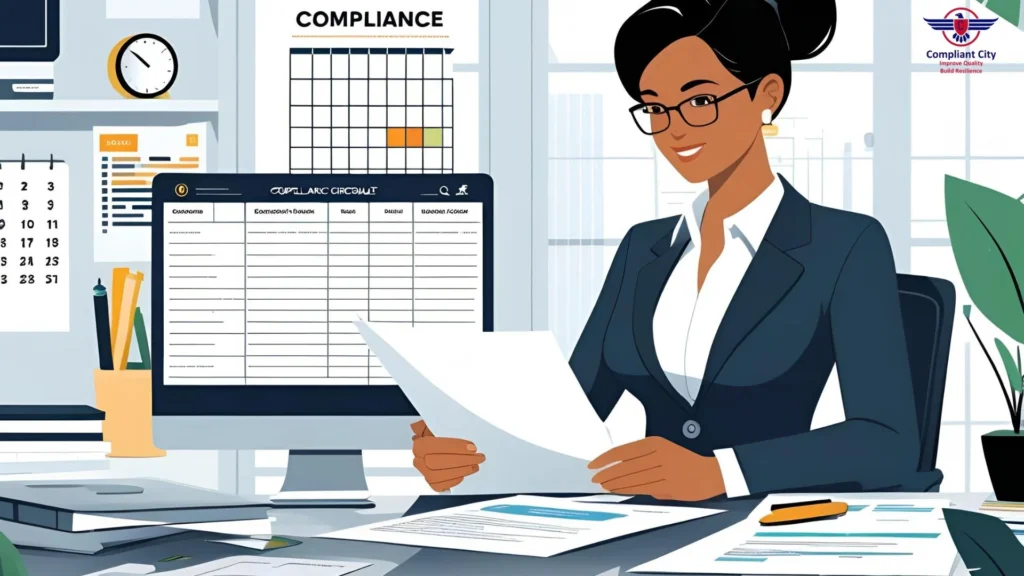Introduction
Labor 2025 is in for a bumpy ride. Under the dual influence of AI for development, aging employees and employee expectations, HR departments are facing a tough mission: how to more efficient closing the talent gap at the same time for the long-term stability of the workforce? According to recent insights shared by SHRM and other labor research orgs, the solution that works is upskilling.
In this blog, learn how HR leaders can execute smart, financially savvy upskilling tactics, leverage some of the most overlooked sources of talent and keep the whole process compliant.
What’s Behind the Labor Shortage in 2025?
Several factors, though, are feeding today’s labor shortfall:
- Technological shifts: Jobs are changing at a pace faster than people can be trained for them.
- Retired baby boomers: Good chunks of the skilled workforce are leaving work.
- Education mismatch: Formal education is out of sync with real-world job needs.
- Post-pandemic labor market expectations: Workers want more than just pay, and are expecting flexibility and purpose.
These shifts are making companies reconsider their work force strategies and HR is in the front seat of this change.
What Is Upskilling, and Why Does It Matter?
Upskilling is the practice of training employees in new skills that will allow them to advance in their current position — or to take on a new role within the same company. And compared to recruiting new talent (a slow, expensive process), upskilling your current workforce can:
- Improve employee retention
- Increase job satisfaction
- Reduce recruitment costs
- Close skill gaps faster
HR upskilling is now not a nice-to-have but an imperative.
Talent Audit to Identify Skill Gaps
Prior to spending any money on training, HR should undertake a talent audit to:
- Assess current workforce capabilities
- Forecast future skill requirements
- Gap identification by department or function
Use internal surveys, skills assessments and performance data to guide your planning.
Create Personalized Learning Journeys
Every individual has a unique learning requirement. HR teams should:
- Provide modular learning (brief, intensive sessions)
- Utilize progress-tracking eLearning systems
- Equip what you train up with real job tasks
Giving them a defined learning trajectory can keep your team engaged and show them a future in the organization.
Embrace Microlearning and On-Demand Content
Today’s workers don’t want to sit through long classroom sessions. Instead:
- Serve bite-sized content that residents can consume at their day to day-routine
- Provide access to learning platforms via mobile
- Engage with video, quizzes, and simulations
This structure enhances retention and facilitates just-in-time learning.
Tap Into Underused Talent Pools
The labor shortages create possibilities to diversify your work force. Consider:
- Veterans: Master discipline, leadership and technology
- Senior citizens: Bring experience and mentoring abilities
- People with disabilities: Highly motivated and often ignored
- Re-entering the work force stay at home mom: They can be an asset with flexibility
Develop inclusive recruiting programs and work with community organizations that can connect with those individuals.
Collaborate with Learning Platforms and Educational Institutions
Collaborate with the:
- Online learning platforms like Coursera, Udemy or LinkedIn Learning
- Community colleges and local universities
- Government workforce programs
You are able to offer more without increasing your overheard.

Calculate ROI on Upskilling Initiatives
HR should measure to rationalize continued investment:
- Employees’ level of engagement before and after training
- Promotion rates among upskilled employees
- Reduction in turnover and absenteeism
- Internal place rates for the open roles
Routined reviews help you iterate your programs and demonstrate value to leadership.
Keep Ahead of Compliance in Upskilling
Even training can give rise to compliance issues. Be sure to:
- Monitor the equitable distribution of learning opportunities
- Ensure ADA-compliant content formats
- Wring out bias from skill assessments and performance reviews
Keep good records to prevent any audits, especially if you’re using federal or state workforce funding.
Build a Culture of Lifelong Learning
Upskilling is not a one-time program — it’s a mindset. Learning culture can be developed by HR:
- Recognizing and rewarding learning achievements
- Allocating time during work hours to development
- Inspiring leaders to be role models in learning
Employees engage, become loyal when they see growth is appreciated.
Conclusion: Upskilling is HR’s Superpower by 2025
With workforces shortages continuing and deepening of year, HR upskilling will be the secret to organization’s resiliency and for constant operations. By finding skill deficits, providing personalized learning experiences, and widening the pipeline for talent, you can turn today’s workforce challenges into tomorrow’s competitive advantage.
Let Compliant City keep you ahead with our training, webinars and practical HR solutions. Discover our newest assets and make upskilling a competitive edge.




